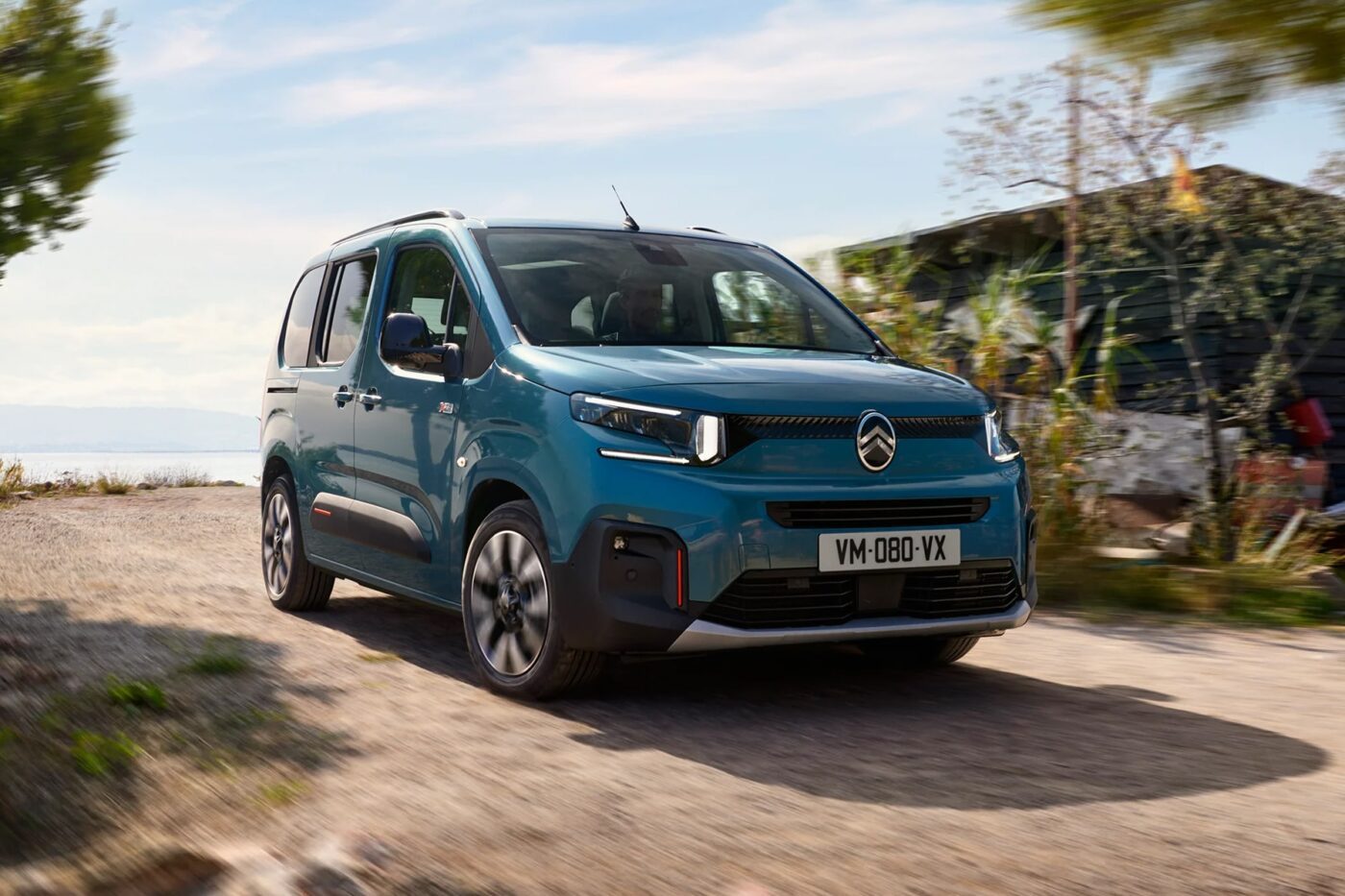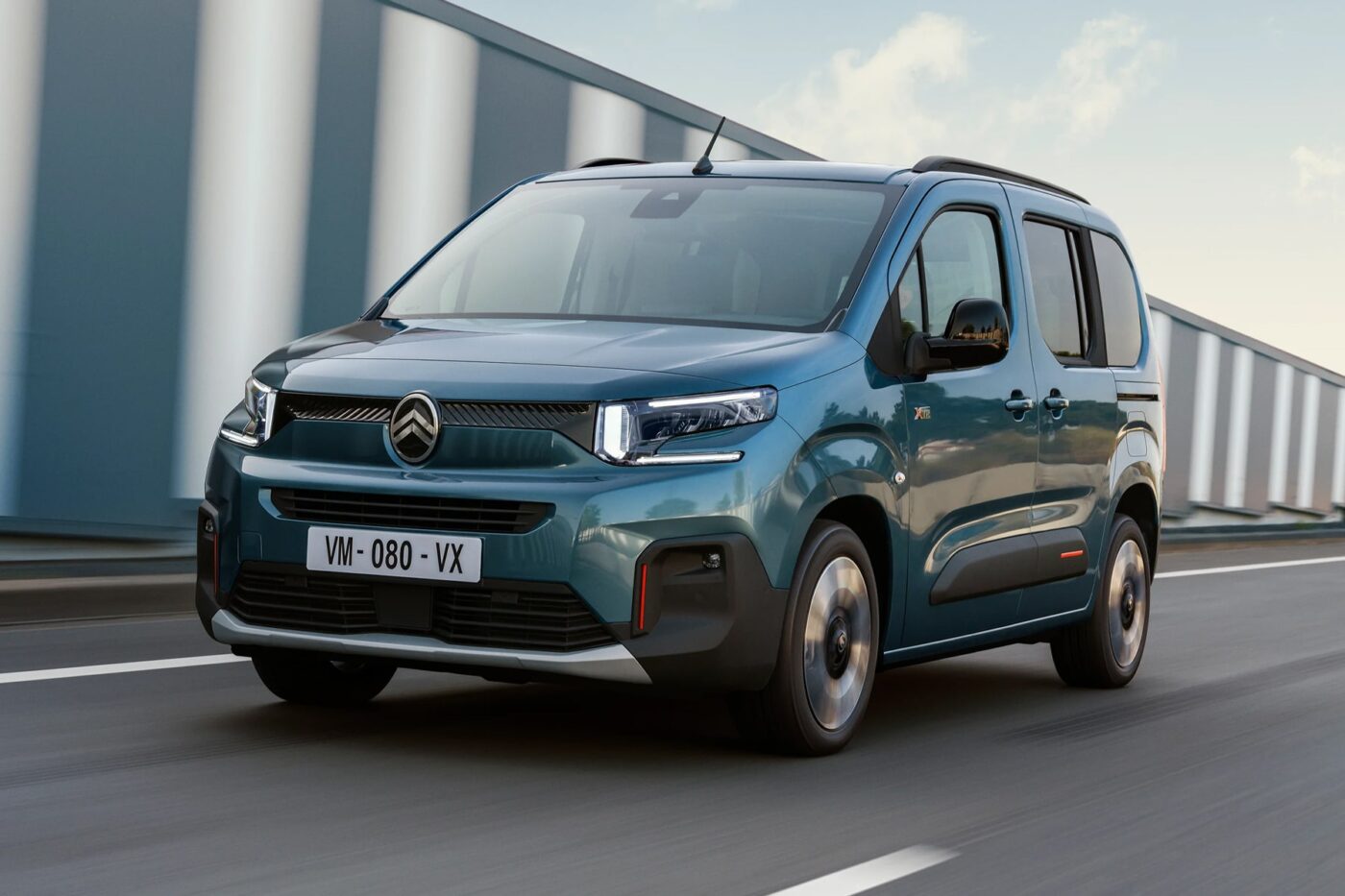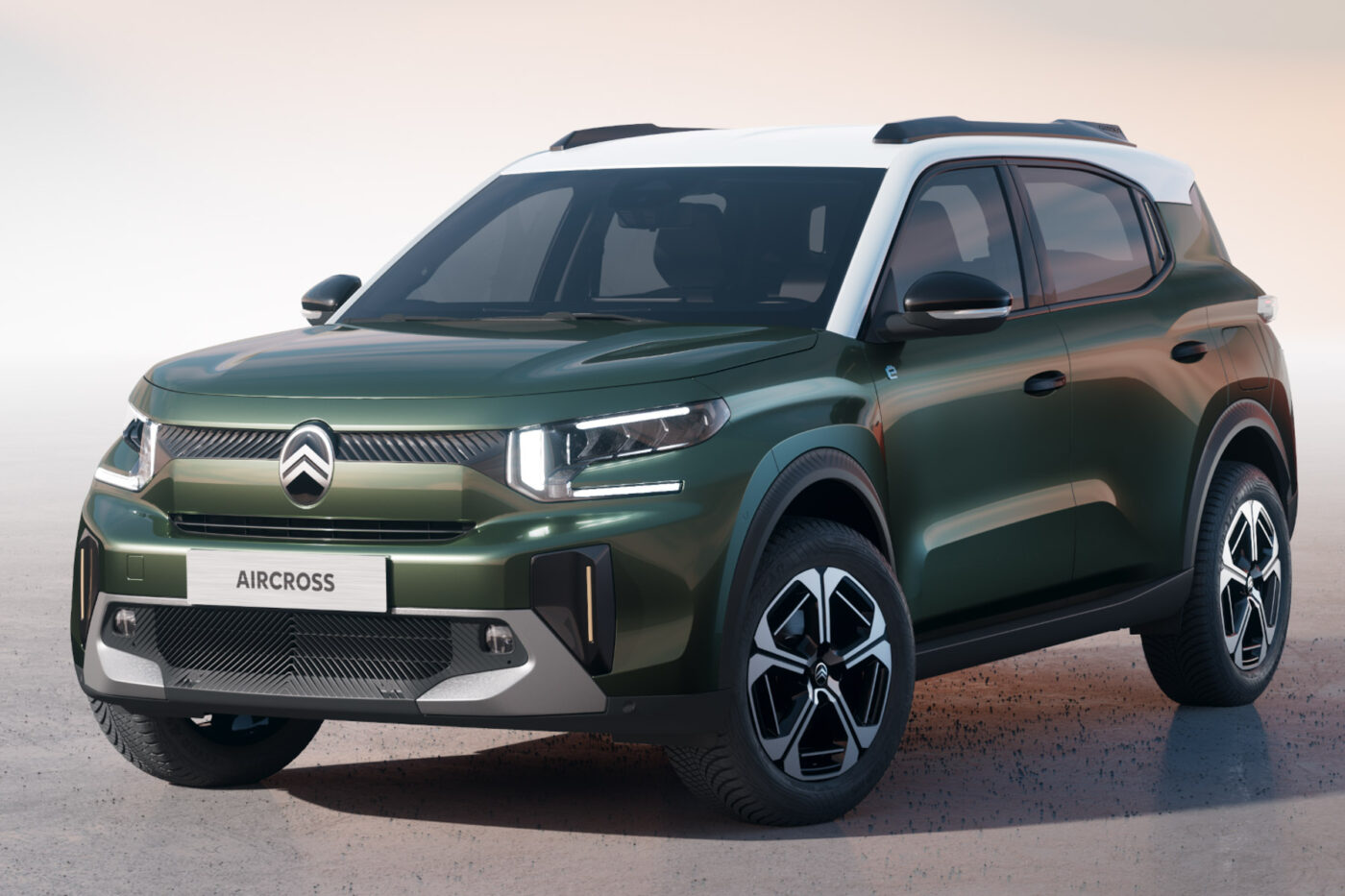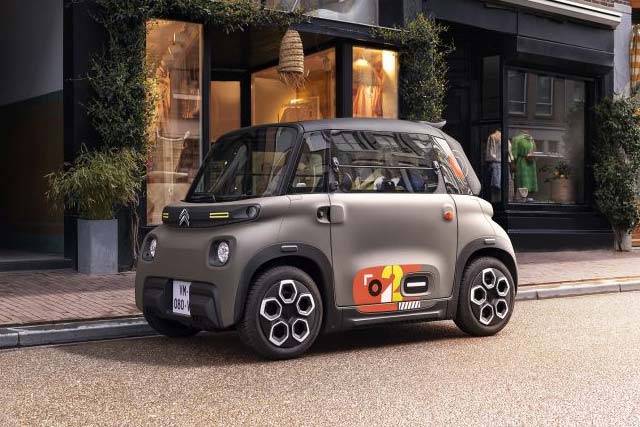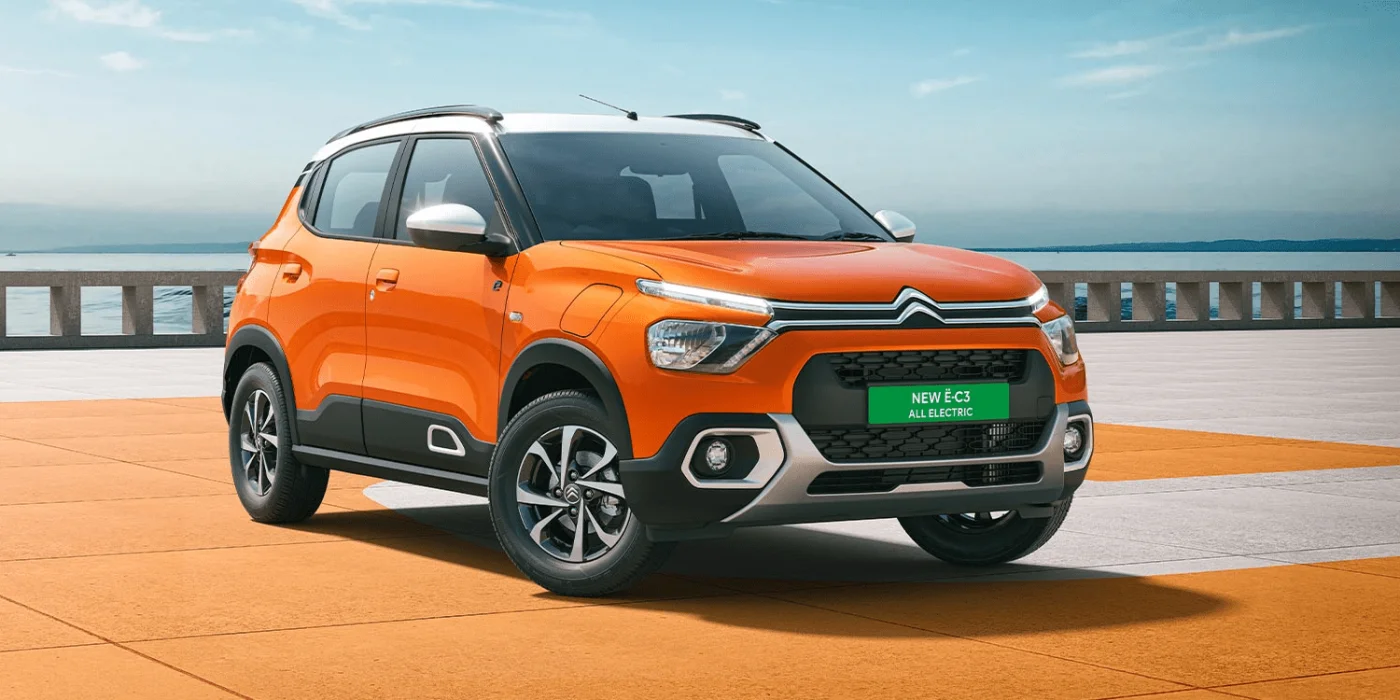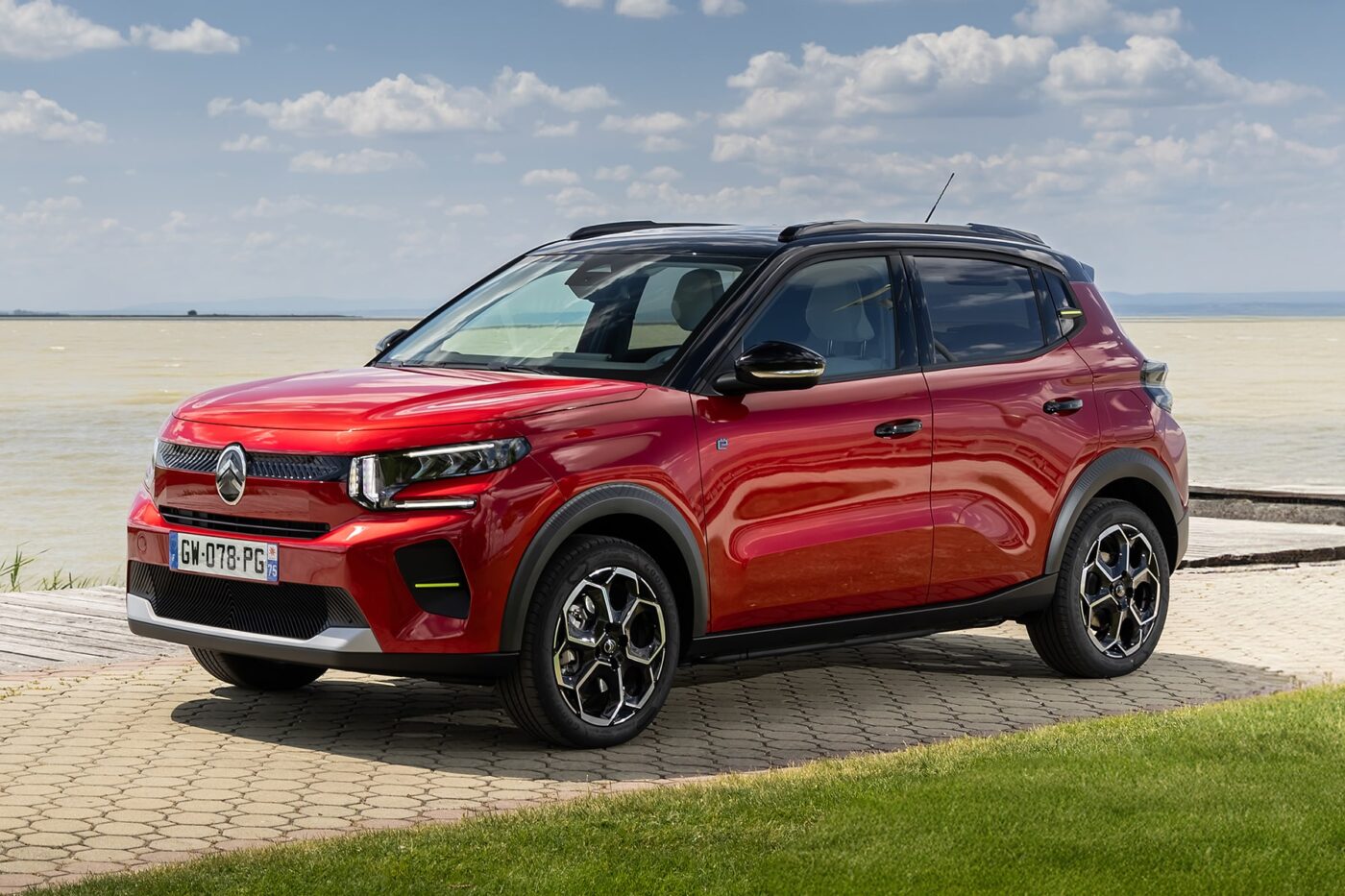French automaker Citroën has provided detailed insights into the revamped edition of its ë-Berlingo electric panel van. Initially showcased at Stellantis Commercial Vehicles Ambition Day in October, the latest version introduces more significant changes than initially anticipated.
Despite the exterior adjustments aligning with the current brand identity, enhanced connectivity features, and practical additions like a heat pump, Citroën surprised observers by incorporating a crucial innovation: the adoption of a battery with Lithium Iron Phosphate (LFP) chemistry. Contrary to previous information, the stated 50 kWh energy content now represents the usable net energy content, marking a shift from the previously mentioned gross value. The “old” 50 kWh battery had a usable capacity of approximately 45 kWh, providing a WLTP range of 270 kilometers.

The announcement does not disclose the supplier of the LFP cells. While Stellantis has utilized LFP batteries in other model series, such as the Citroën ë-C3, details regarding the source of the LFP cells for the ë-Berlingo remain undisclosed.
In October, Citroën hinted at an increased range from 50 to up to 320 kilometers, a boost not solely attributable to efficiency improvements like the heat pump. The transition from a 50 kWh gross to a 50 kWh net battery, coupled with lower overall consumption, appears to contribute to this enhancement. Citroën attributes the new WLTP range to “great efforts to increase efficiency,” without delving into specific details.
While the precise DC charging capacity of the new LFP battery remains unspecified, the press release notes a maximum of 100 kW. Charging the battery from zero to 80 percent at a public 100 kW charging station reportedly takes 30 minutes, an adjustment from the previous 10 to 80 percent charging timeframe. Notably absent from the communication is any mention of battery preconditioning, a factor affecting LFP batteries in cold temperatures.

Standard features of the ë-Berlingo include a 7.4 kW on-board charger, with an optional upgrade to a three-phase 11 kW charger. The drive power remains consistent at 100 kW, sourced from Vitesco Technologies’ EMR3, as opposed to the 115 kW electric motor developed in-house by Stellantis and Nidec, featured in numerous Stellantis passenger car models.

